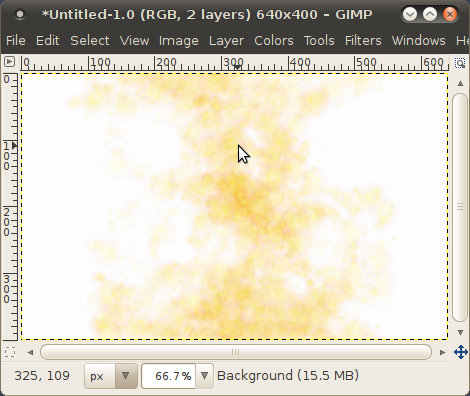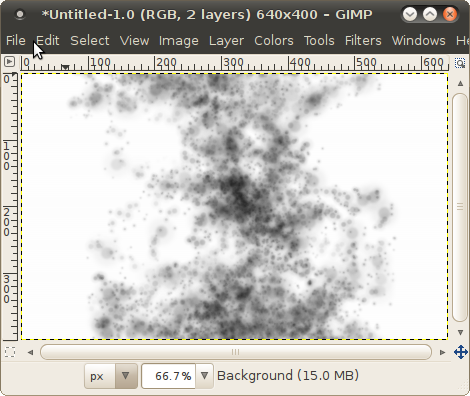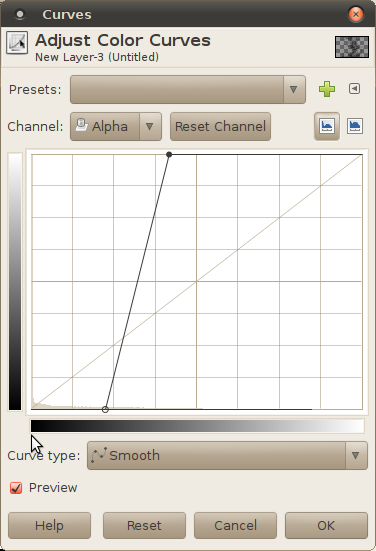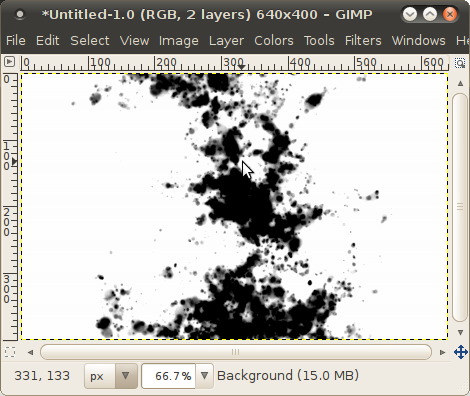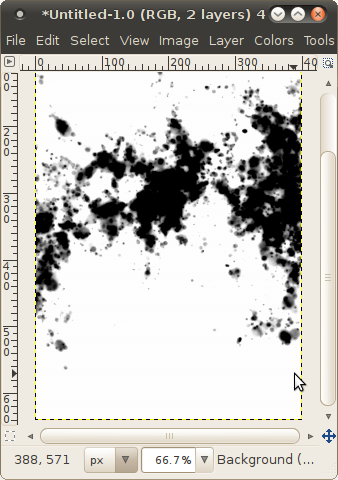Tried out the fresh Fedora 14, as I usually do when they come out with a new release. Found out the weird feeling I have with it still hasn’t changed. It’s got a lot of polish, and yet some things just feel awkward and clunky in my hands. Granted, some of it is just due to my coming from the Debian world and Fedora doing things slightly differently, but still I have to question some of the quirks.
For example, what does this mean:

(It says, in Finnish, “Warning: Error processing drive [blah blah] This device may need to be reinitialized. REINITIALIZING WILL CAUSE ALL DATA TO BE LOST! This action may also be applied to all other disks needing reinitialization.”)
I mean, sure, an experienced user like myself can figure out what it means, but honestly, what the hell?
What I tried to accomplish immediately following installation was to have Guest Additions working in VirtualBox. In Ubuntu I go about it by installing the guest modules from the repositories. I couldn’t find such packages in Fedora’s repositories, so I resorted to using the Guest Additions disc image.
This called for installing a build environment, which turned out to be more complicated than it sounds. However, the problems there were probably mostly of the kind where it helps if one is accustomed to the Fedora way of doing things. What I didn’t like was that
- Each time the package manager asked for superuser privileges, the prompt box was unfocused despite being on top. This is probably a bug and so blatant that I’d be surprised if it isn’t in Fedora’s tracker already. In fact, it was such a bother that I’m surprised it’s there in a released product.
- Granting the privileges causes a set of keys appear on the panel. I was dissatisfied with the privileges being dropped so quickly, so I figured I could adjust the time interval using the keys icon. But right-clicking it just caused it to disappear. And so did a left-click. Huh? If the purpose of the icon is to drop the privileges immediately, shouldn’t it represent, I don’t know, a lock rather than a set of keys?
